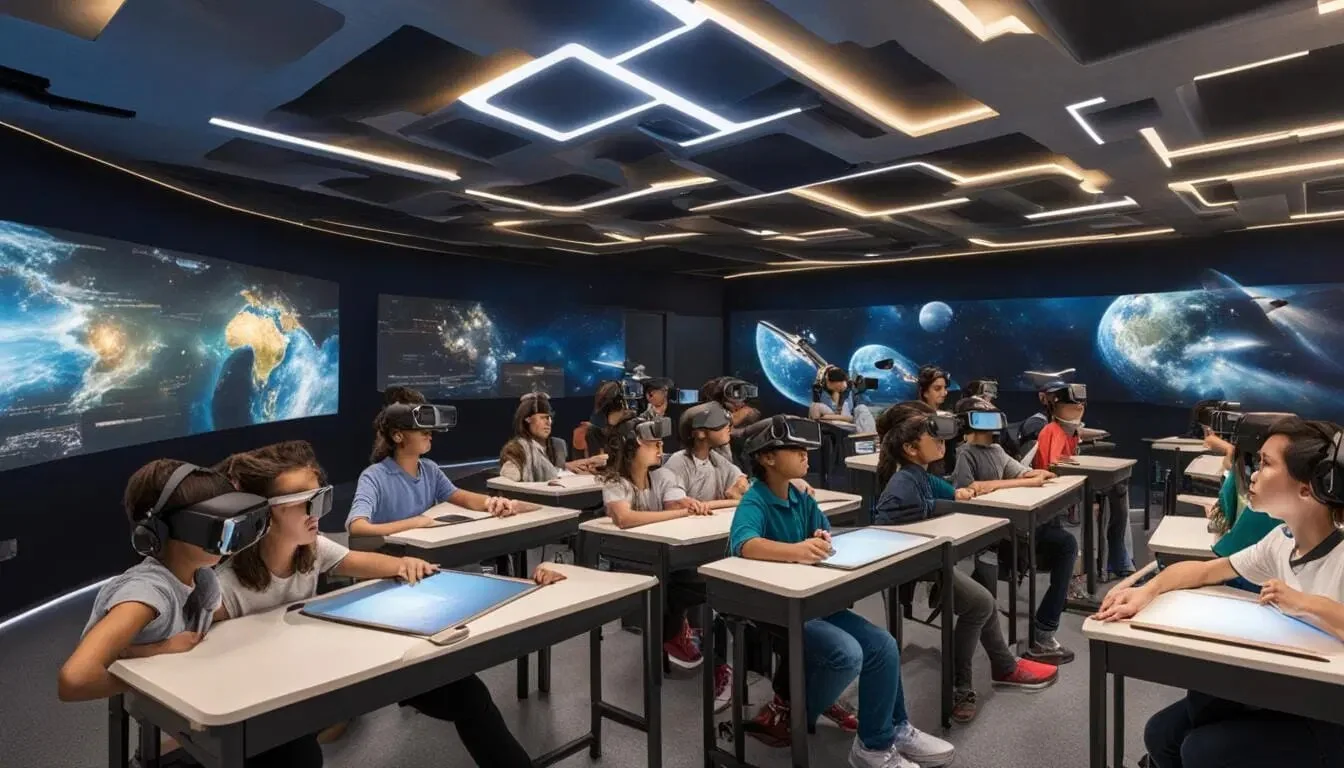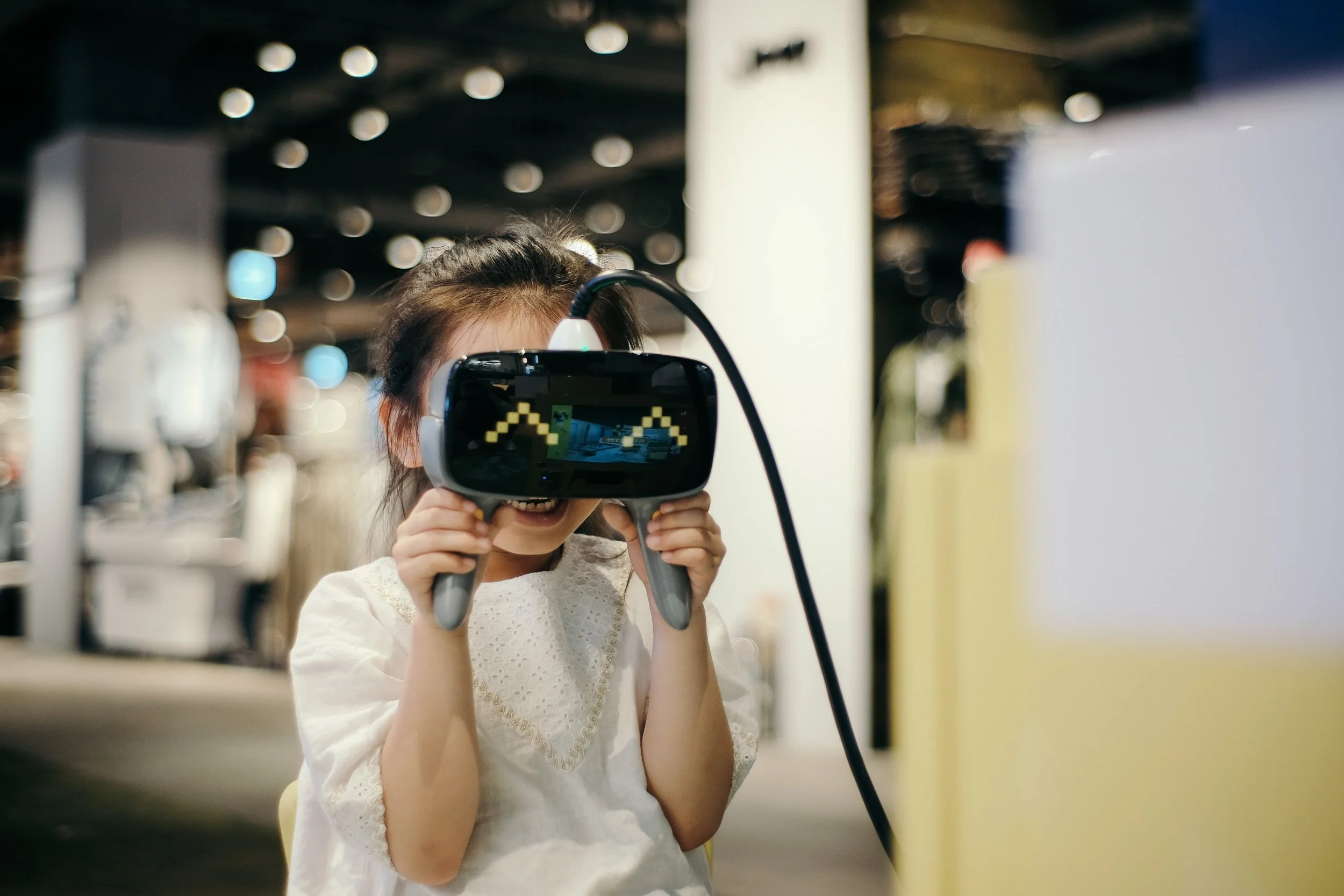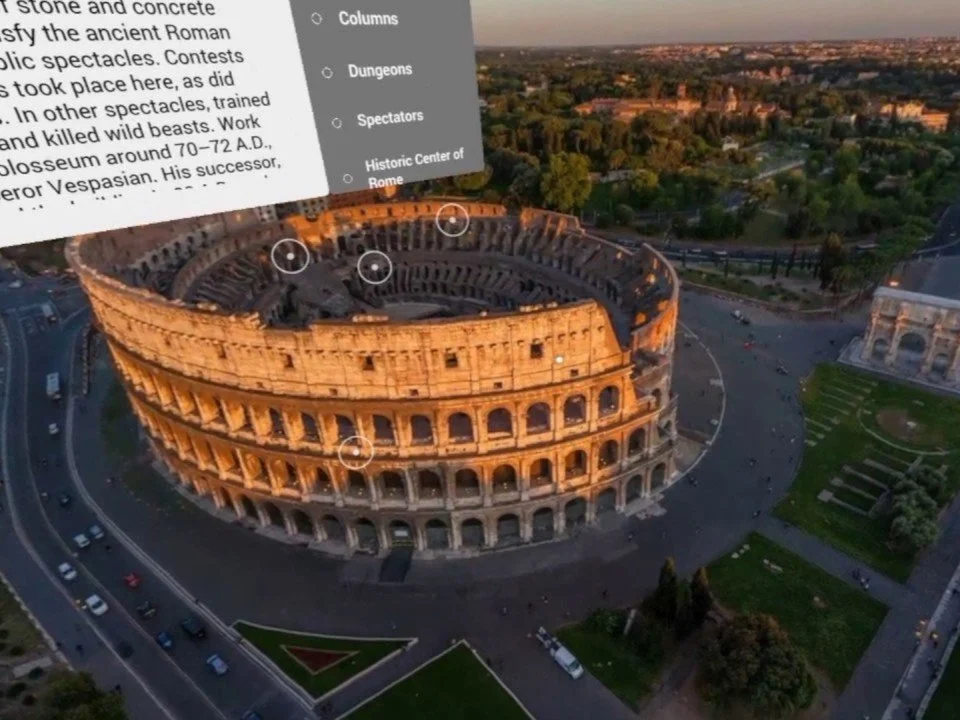The Future of Learning: Embracing Technology in Education
If you’re anything like me, the idea of the future can be both exciting and a little overwhelming—especially when it comes to learning. Technology is moving at lightning speed, and the devices and tools we use today might look completely different even a year from now. But one thing is certain: the future of learning is going to be deeply intertwined with technology. From AI to VR, we’re on the brink of an educational, technological revolution. So, what does this mean for the way we learn, and how can we prepare for it?
One of the most promising developments in modern learning is artificial intelligence (AI). Imagine a learning platform that not only tracks your progress, but also understands your strengths and weaknesses and then adapts the content to fit your needs. That’s exactly what new, AI-driven platforms like DreamBox Learning are doing. And the results are impressive: studies have shown that personalized learning can boost student performance by up to 30% source. It’s like having a tutor who knows you better than you know yourself. Traditional education systems, which often rely on a one-size-fits-all approach, can struggle to meet the diverse needs of individual students, especially those with disabilities or accessibility needs. However, AI-driven platforms offer a solution by providing customized learning experiences tailored to each student's unique learning styles.
Virtual and augmented reality (VR/AR) are also set to change the game in education. Picture this: instead of reading about ancient history, you could virtually walk through the streets of ancient Rome, or instead of just studying a diagram of a cell, you could interact with a 3D model in real-time. Sites like Google Expeditions and zSpace are making these ideas a reality, bringing learning to life in ways we’ve only dreamed of before. Even SUU has started to incorporate VR and AR technologies in both the classroom, and as a center for students to experiment with this technology.
Social media platforms like TikTok and YouTube are already huge players in modern learning. They’ve democratized education, making it accessible to anyone with an internet connection. According to the World Economic Forum, YouTube has become a leading platform for self-education, with millions tuning in to learn new skills every day. And this trend sure isn’t slowing down anytime soon. These platforms are perfect for lifelong learners who want to explore new topics and skills on their terms.
Looking ahead, it’s clear that technology will continue to shape the future of education in major ways. Embracing these advancements is key to creating a more inclusive, engaging, and effective learning environment. Whether it’s AI, VR, or social media, the tools we use to learn are evolving. I honestly believe that’s something to be excited about. If you’re curious to learn more about these trends, I highly recommend checking out "The Fourth Industrial Revolution" by Klaus Schwab or diving into the "Learning 2030" initiative by the OECD source. The future of learning is here, and it’s more exciting than ever.


